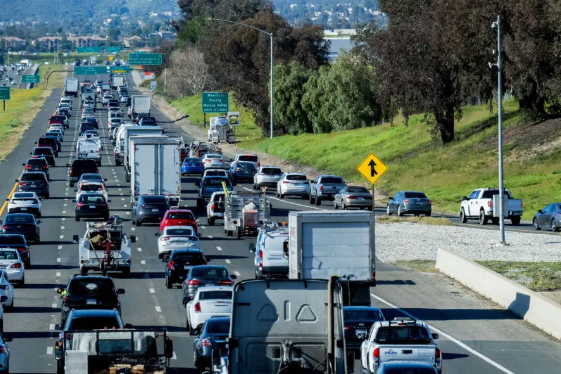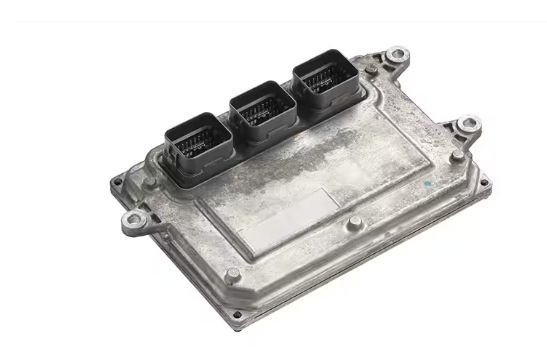
The state of California has proposed plans that will require all vehicles to be able to go only ten miles per hour over the set limit. If the bill passes, vehicles produced from 2027 and after will be monitored via GPS and have their speed restricted.
California plans on doing this using “speed governors” – these governors will electronically control the speed of the car, limiting vehicles to ten miles per hour over the limit. Emergency vehicles such as fire engines, patrol cars, and ambulances will be exempt from the bill and will not be speed-governed.
SB 960 and 961 are the first of their kind in the United States. These bills were implemented as a part of the California SAFER program, otherwise known as the Speeding and Fatality Reduction on California Streets Package. While these systems could help create safer roads, the question remains if it is necessary considering that California Highway Patrol is already responsible for enforcing these rules.
While the California Highway Patrol, CHP, already enforces posted speed limits, there are scenarios where one may need to exceed the speed limit, this limiter would not allow one to go more than ten miles per hour over the limit.

“While cars having a built-in speed limit in California could have its advantages in regards to safety, it would not be suitable for emergencies. For example, there are sometimes emergencies that require immediate attention, resulting in driving faster to reach a hospital or emergency room.” Junior William Schoch said.
The ability to temporarily disable the limiter does exist, but in a scenario where someone is rushing a person to the emergency room, the limiter would constantly interfere and slow the car down. While the limiter is designed to create safer roads, it can do just the opposite.
“I think it could be very unsafe because if I am in a fifteen-mile per-hour zone and a car is about to hit me, I would need to speed up to get out of the way to protect myself and everything that is in the car.” Junior Brendan Quesada said.
In scenarios such as this, there is no time to access the option to disable the limiter, as this is a split-second decision of accelerating to get out of the way. If one were to first go looking for the option to disable the limiter, it would result in an accident, putting the occupants at risk.

The question remains: should the government be able to control our property? Vehicles that are not leased are the owner’s personal property and will be required to have the program in the Engine Control Module, otherwise known as the ECM. The cars will constantly be GPS monitored for this to work. Additionally, it would not be a surprise to see the government phase out older vehicles if this law goes through.
“It would take the thrill and enjoyment of driving cars away as it would just get boring and repetitive.” Junior Dakota Vavken-Hylton said.
Many vehicles, including classic cars, will most likely experience tighter restrictions. With the time people put into these vehicles, it would be a shame to see them off of the road.
“The actions of the people that speed and break the law should not affect the rest of the people who obey the laws.” Quesada says.